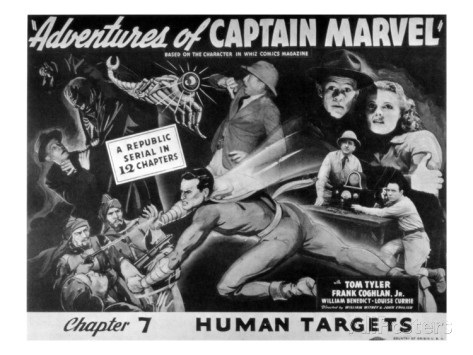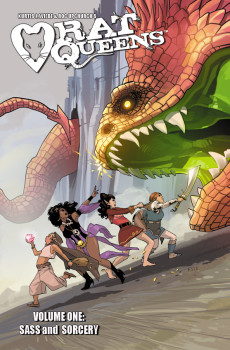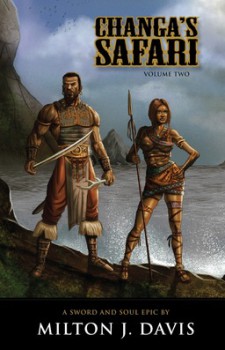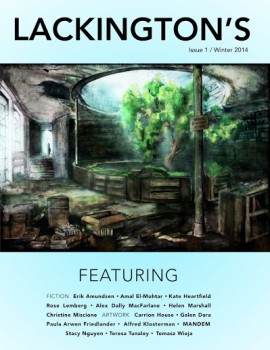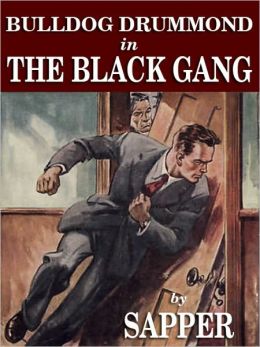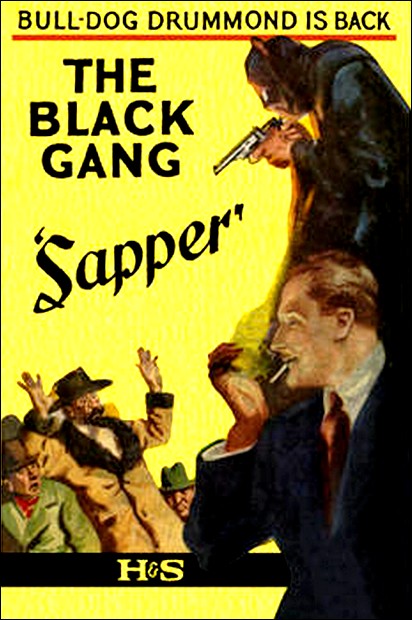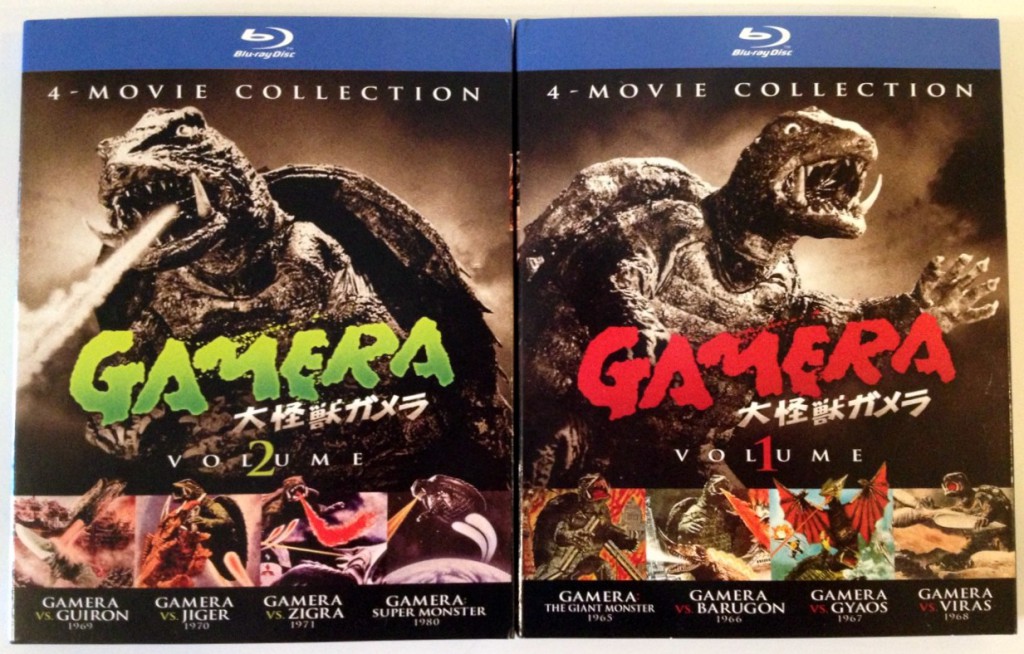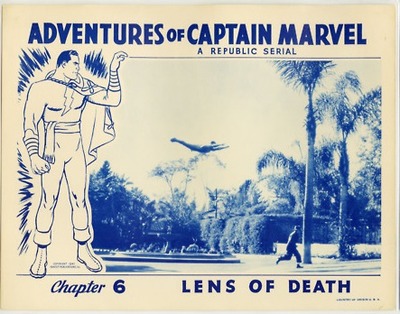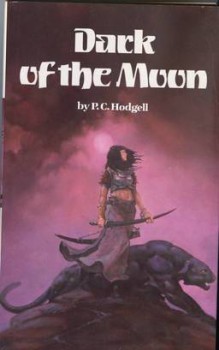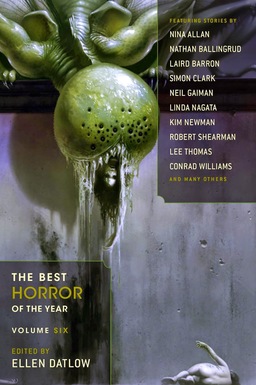Self-Published Book Review: Destiny’s Heir by Casey Neumiller
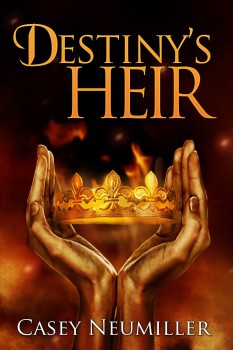 If you have a book you’d like me to review, please see the submission guidelines here.
If you have a book you’d like me to review, please see the submission guidelines here.
Casey Neumiller’s Destiny’s Heir is the first book of a planned epic fantasy series. Like most novels starting off a series, a goodly portion is spent introducing the characters and the world. For centuries, Letale’s kings have ruled with the guidance of the Magi, who both advise the king and, when necessary, combat the servants of the Dark One. But a few decades ago, a new king assassinated the old line and declared the Magi outlaws, flipping the theology by declaring that the Aethir whom the Magi serve is the Dark One and the former Dark One is the Light One. It seems odd how easily most people accept this, but there are enough real world examples of a paradigm shift in belief systems that I don’t consider it too unbelievable.
The story follows two parallel plot lines, that of the Magi apprentice Arraya and that of the thief Ben, alternating between them for each chapter. From Ben’s point of view, this is a heist story. He and his friends, Zeke and Corin, have been asked by the leader of their guild in Jepitsa to assist in stealing one of the most valuable items in the kingdom, the queen’s crown. There is no actual queen, so the crown’s kept in storage, where it can be easily claimed by a clever thief with the right items, which Ben, Zeke, and Corin spend most of the novel attaining.
Corin, however, has some doubts about the guild-leader Allen. She thinks he means to make off with the crown while leaving the rest of them to take the blame, doubts which Ben is unable to put to rest.
